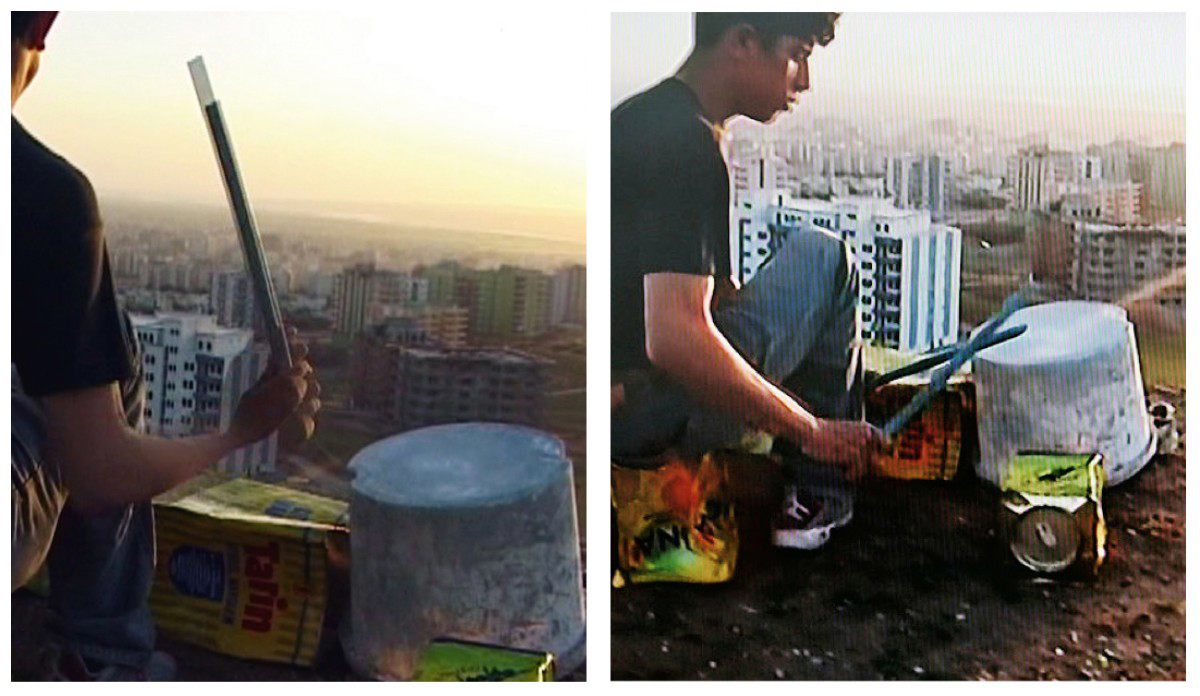- Open Today: 10.00–18.00
- Ticket
- Shop
- Membership
- TR EN

Fikret Atay, 1976
Tinica, 2004
The video artist Fikret Atay mainly carries out his projects in his hometown of Batman near the Iraqi-Turkish border, although he has lived in France for quite some time. Generally using a hand-held camera and natural lighting, he shoots videos that are described as being fast-paced, harsh, and even disturbing at times. Atay’s editing technique is refined, and his spare, direct and natural style is close to documentary aesthetics. By way of audio-visual symbols, codes and images, Atay explores the concepts of belonging and identity within their historical and geographical contexts. He reflects on the representation of time and space with respect to sociocultural issues and looks at traditional life transformed by modernization.
In his works, Atay focuses on geographically, politically or culturally marginalized people who are isolated and deprived of dreams of the future and a feeling of belonging. Music is a key element in his video “Rebels of the Dance” (Dansın Asileri), featured in the 8th Istanbul Biennial, where he also had his first international success. In this 2002 video, Fikret Atay turns his camera to two boys wearing slightly tattered clothes, playing war games, dancing, singing and keeping time with their hands and feet in a bank’s ATM booth. Against the backdrop of a bank, a clear symbol of global capitalism and modernity, the kids sing traditional Kurdish wedding and celebration songs as if to emphasize the significance of localness.
“Tinica” (2004), emphasizes how art has the potential and power to change life. On a hilltop overlooking the new face of the city of Batman, a young man transforms an oil tin, plastic bucket, metal rods and other garbage into an almost complete drum kit. The sun is about to set as the camera pans out to reveal the jumble of the city on one side and the forlorn green hills on the other. Enraptured like a rock star, the teenager starts eagerly drumming on the drum set he has set up. But at the climax of this concert given to his nonexistent fans, the youth suddenly stops and kicks both his instrument and performance away, flinging his makeshift drumsticks off the hill as if he were throwing them to his fans. But in their stead are nothing more than the dust and dirt on the slope connecting the mountains to the crowded city center. The new city or world is effectively deaf to him. With a simple handheld camera, Atay witnesses this performance in which a few scraps of garbage are transformed into artistry and a symbol of freedom for a short while, without intervening or aestheticizing the situation.
Film / Video
Video, color with sound
Istanbul Museum of Modern Art Collection
Acquired with Funds Provided by Genç Modern.